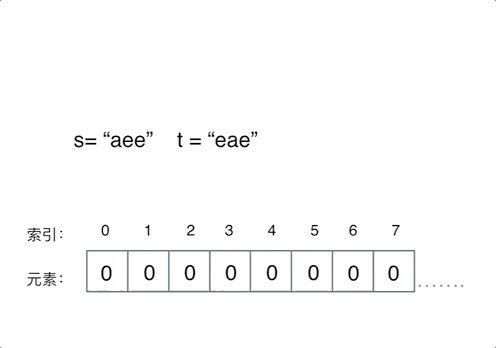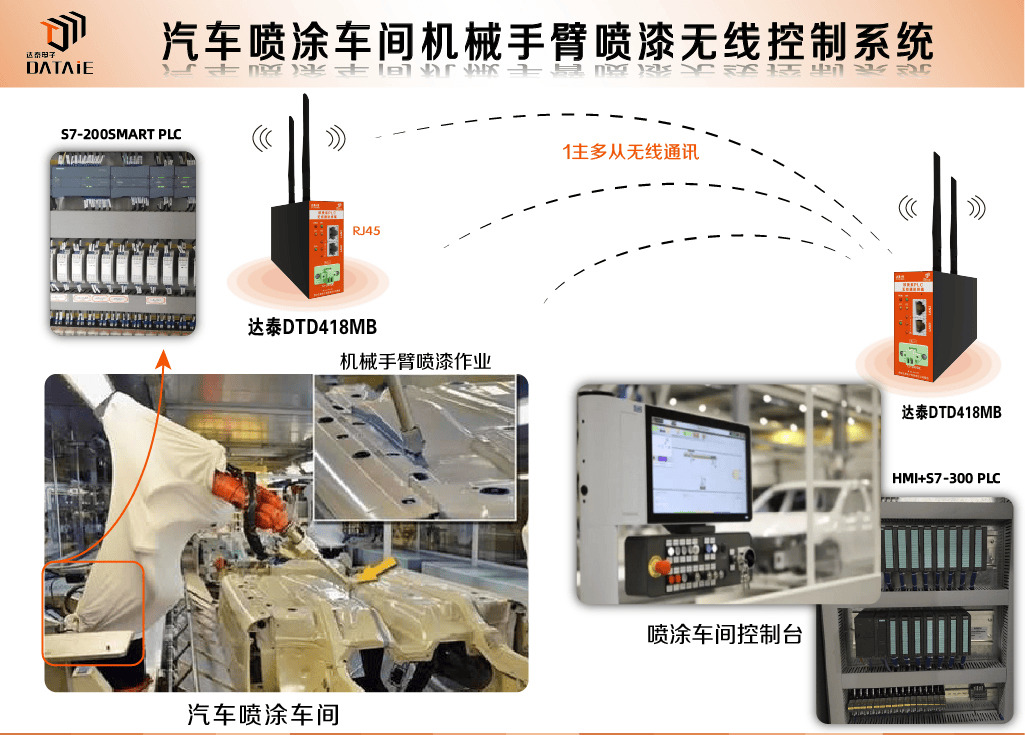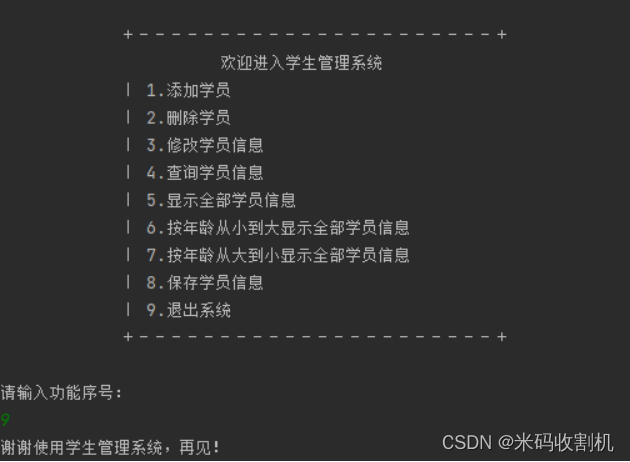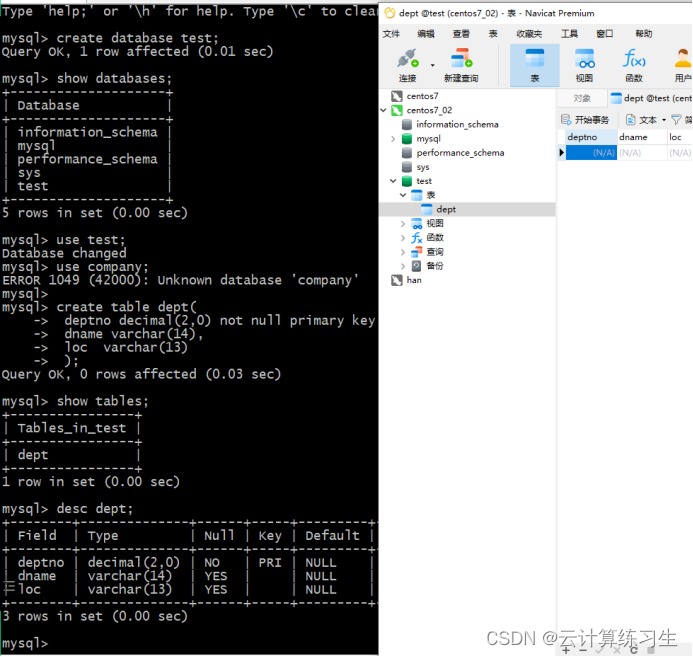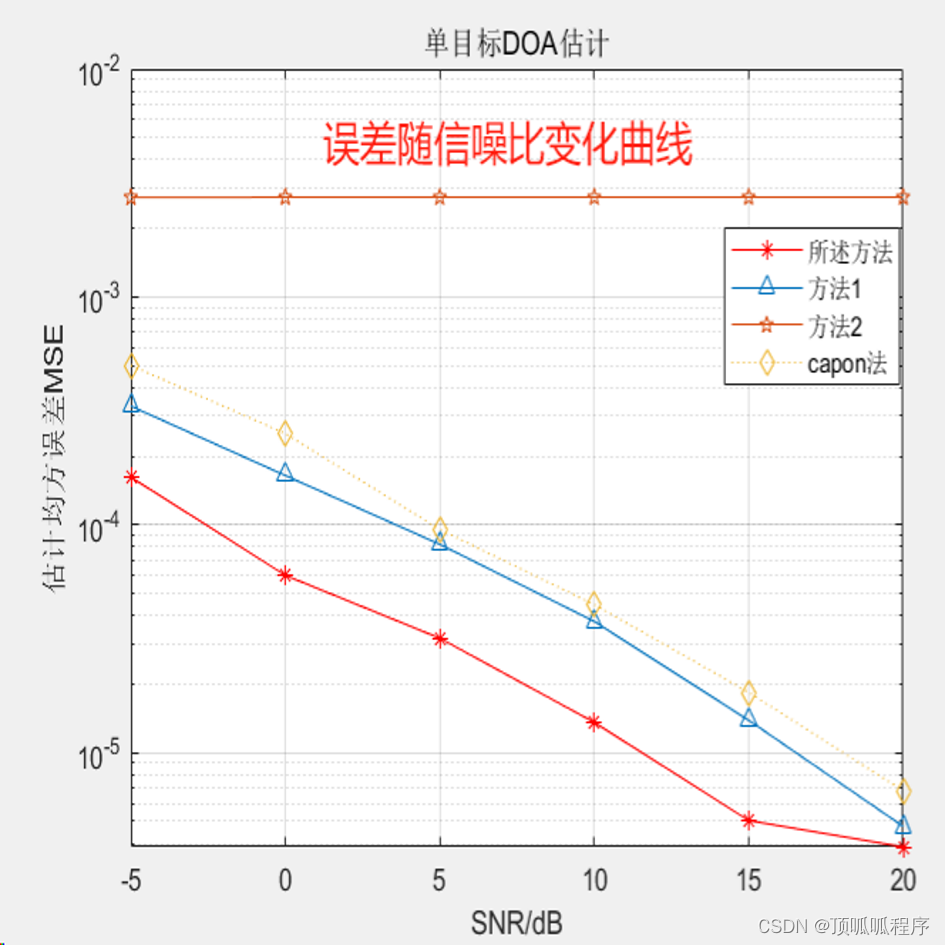1. 编译 DPDK timer
设置环境变量:
- export RTE_SDK=/home//dpdk/dpdk-stable-19.08.2/
- export RTE_TARGET=x86_64-native-linux-gcc
源码路径:./dpdk 源码/examples/timer/
编译方法:在上面路径下执行 make
目标文件路径:./dpdk 源码/examples/timer/build/timer
下面是 timer 部分运行结果:
可以看到的是有两个定时器 timer0 和 timer1, timer0 是绑定到当前 cpu 核心一直是 core 0 触发定时器 0,
而 timer1 则是在不同核心触发定时器 1。
EAL: Detected 8 lcore(s)
EAL: Detected 1 NUMA nodes
EAL: Multi-process socket /var/run/dpdk/rte/mp_socket
EAL: Selected IOVA mode 'PA'
EAL: Probing VFIO support...
EAL: VFIO support initialized
EAL: PCI device 0000:02:01.0 on NUMA socket -1
EAL: Invalid NUMA socket, default to 0
EAL: probe driver: 8086:100f net_e1000_em
EAL: PCI device 0000:02:06.0 on NUMA socket -1
EAL: Invalid NUMA socket, default to 0
EAL: probe driver: 8086:100f net_e1000_em
EAL: PCI device 0000:03:00.0 on NUMA socket -1
EAL: Invalid NUMA socket, default to 0
EAL: probe driver: 15ad:7b0 net_vmxnet3
EAL: PCI device 0000:0b:00.0 on NUMA socket -1
EAL: Invalid NUMA socket, default to 0
EAL: probe driver: 15ad:7b0 net_vmxnet3
Starting mainloop on core 1
Starting mainloop on core 2
Starting mainloop on core 3
Starting mainloop on core 4
Starting mainloop on core 5
Starting mainloop on core 6
Starting mainloop on core 7
Starting mainloop on core 0
timer1_cb() on lcore 1
timer1_cb() on lcore 2
timer0_cb() on lcore 0
timer1_cb() on lcore 3
timer1_cb() on lcore 4
timer1_cb() on lcore 5
timer0_cb() on lcore 0
timer1_cb() on lcore 6
timer1_cb() on lcore 7
timer1_cb() on lcore 02. DPDK API 学习
2.1. rte_timer_subsystem_init()
#include <rte_timer.h>
int rte_timer_subsystem_init(void);
//作用:确保定时器子系统被正确初始化,从而保证后续的定时器操作能够正常进行。2.2. rte_timer_init()
#include <rte_timer.h>
void rte_timer_init(struct rte_timer *tim);
// 作用:初始化一个rte_timer对象2.3. rte_get_timer_hz()
#include <rte_cycles.h>
uint64_t rte_get_timer_hz(void);
// 作用:函数用于获取系统定时器的频率,即每秒钟CPU时钟周期的数量。2.4. rte_timer_reset()
#include <rte_timer.h>
void rte_timer_reset(struct rte_timer *tim,
uint64_t ticks,
enum rte_timer_type type,
unsigned lcore_id,
rte_timer_cb_t *f,
void *arg);
//作用:函数用于重新设置定时器的参数,包括定时器的周期、触发模式、回调函数以及回调函数的参数等
//参数:
/*
tim :指向要重新设置的定时器对象的指针。
ticks :表示定时器的周期,即定时器触发的时间间隔,单位是CPU时钟周期数。
type :表示定时器的触发模式,是一个枚举类型。常见的触发模式有:
SINGLE :单次触发,定时器只会在下一个周期触发一次,然后停止。
PERIODICAL:周期性触发,定时器会在每个周期都触发一次,直到手动停止。
lcore_id :表示定时器触发时要在哪个CPU核心上执行回调函数。
f :是一个函数指针,指向定时器触发时要执行的回调函数。
arg :是传递给回调函数的参数,可以是任意类型的指针,用于传递额外的数据给回调函数
*/2.5. rte_timer_manage()
#include <rte_timer.h>
void rte_timer_manage(void);
//作用:管理系统中所有的定时器,检查是否有定时器已经到期(即触发),如果有则执行相应的回调函数。3. 源代码
3.1. 使用 timer0 和 timer1
#include <stdio.h>
#include <string.h>
#include <stdint.h>
#include <errno.h>
#include <sys/queue.h>
#include <rte_common.h>
#include <rte_memory.h>
#include <rte_launch.h>
#include <rte_eal.h>
#include <rte_per_lcore.h>
#include <rte_lcore.h>
#include <rte_cycles.h>
#include <rte_timer.h>
#include <rte_debug.h>
#define TIMER_RESOLUTION_CYCLES 20000000ULL /* around 10ms at 2 Ghz */
static struct rte_timer timer0;
static struct rte_timer timer1;
/* timer0 callback */
static void timer0_cb(__attribute__((unused)) struct rte_timer *tim, __attribute__((unused)) void *arg)
{
static unsigned counter = 0;
unsigned lcore_id = rte_lcore_id();
printf("%s() on lcore %u\n", __func__, lcore_id);
/* this timer is automatically reloaded until we decide to
* stop it, when counter reaches 20. */
if ((counter ++) == 20)
rte_timer_stop(tim);
}
/* timer1 callback */
static void timer1_cb(__attribute__((unused)) struct rte_timer *tim, __attribute__((unused)) void *arg)
{
unsigned lcore_id = rte_lcore_id();
uint64_t hz;
printf("%s() on lcore %u\n", __func__, lcore_id);
/* reload it on another lcore */
hz = rte_get_timer_hz();
lcore_id = rte_get_next_lcore(lcore_id, 0, 1);
rte_timer_reset(tim, hz/3, SINGLE, lcore_id, timer1_cb, NULL);
}
static __attribute__((noreturn)) int lcore_mainloop(__attribute__((unused)) void *arg)
{
uint64_t prev_tsc = 0, cur_tsc, diff_tsc;
unsigned lcore_id;
lcore_id = rte_lcore_id();
printf("Starting mainloop on core %u\n", lcore_id);
while (1) {
/*
* Call the timer handler on each core: as we don't
* need a very precise timer, so only call
* rte_timer_manage() every ~10ms (at 2Ghz). In a real
* application, this will enhance performances as
* reading the HPET timer is not efficient.
*/
cur_tsc = rte_rdtsc();
diff_tsc = cur_tsc - prev_tsc;
if (diff_tsc > TIMER_RESOLUTION_CYCLES) {
rte_timer_manage();
prev_tsc = cur_tsc;
}
}
}
int main(int argc, char **argv)
{
int ret;
uint64_t hz;
unsigned lcore_id;
/* init EAL */
ret = rte_eal_init(argc, argv);
if (ret < 0)
rte_panic("Cannot init EAL\n");
/* init RTE timer library */
rte_timer_subsystem_init();
/* init timer structures */
rte_timer_init(&timer0);
rte_timer_init(&timer1);
/* load timer0, every second, on master lcore, reloaded automatically */
/* 每秒加载定时器0,绑定当前核心,自动加载 */
hz = rte_get_timer_hz();
lcore_id = rte_lcore_id();
rte_timer_reset(&timer0, hz, PERIODICAL, lcore_id, timer0_cb, NULL);
/* load timer1, every second/3, on next lcore, reloaded manually */
/* 每3秒加载定时器0,绑定下一个核心,手动加载 */
lcore_id = rte_get_next_lcore(lcore_id, 0, 1);
rte_timer_reset(&timer1, hz/3, SINGLE, lcore_id, timer1_cb, NULL);
/* call lcore_mainloop() on every slave lcore */
RTE_LCORE_FOREACH_SLAVE(lcore_id) {
rte_eal_remote_launch(lcore_mainloop, NULL, lcore_id);
}
/* call it on master lcore too */
(void) lcore_mainloop(NULL);
return 0;
}3.2. 只使用 timer0
#include <stdio.h>
#include <string.h>
#include <stdint.h>
#include <errno.h>
#include <sys/queue.h>
#include <rte_common.h>
#include <rte_memory.h>
#include <rte_launch.h>
#include <rte_eal.h>
#include <rte_per_lcore.h>
#include <rte_lcore.h>
#include <rte_cycles.h>
#include <rte_timer.h>
#include <rte_debug.h>
#define TIMER_RESOLUTION_CYCLES 20000000ULL /* around 10ms at 2 Ghz */
static struct rte_timer timer0;
/* timer0 callback */
static void timer0_cb(__attribute__((unused)) struct rte_timer *tim, __attribute__((unused)) void *arg)
{
static unsigned counter = 0;
unsigned lcore_id = rte_lcore_id();
printf("%s() on lcore %u\n", __func__, lcore_id);
/* this timer is automatically reloaded until we decide to
* stop it, when counter reaches 20. */
if ((counter ++) == 20)
rte_timer_stop(tim);
}
static __attribute__((noreturn)) int lcore_mainloop(__attribute__((unused)) void *arg)
{
uint64_t prev_tsc = 0, cur_tsc, diff_tsc;
unsigned lcore_id;
lcore_id = rte_lcore_id();
printf("Starting mainloop on core %u\n", lcore_id);
while (1) {
/*
* Call the timer handler on each core: as we don't
* need a very precise timer, so only call
* rte_timer_manage() every ~10ms (at 2Ghz). In a real
* application, this will enhance performances as
* reading the HPET timer is not efficient.
*/
cur_tsc = rte_rdtsc();
diff_tsc = cur_tsc - prev_tsc;
if (diff_tsc > TIMER_RESOLUTION_CYCLES) {
rte_timer_manage();
prev_tsc = cur_tsc;
}
}
}
int main(int argc, char **argv)
{
int ret;
uint64_t hz;
unsigned lcore_id;
/* init EAL */
ret = rte_eal_init(argc, argv);
if (ret < 0)
rte_panic("Cannot init EAL\n");
/* init RTE timer library */
rte_timer_subsystem_init();
/* init timer structures */
rte_timer_init(&timer0);
/* load timer0, every second, on master lcore, reloaded automatically */
/* 每秒加载定时器0,绑定当前核心,自动加载 */
hz = rte_get_timer_hz();
lcore_id = rte_lcore_id();
rte_timer_reset(&timer0, hz, PERIODICAL, lcore_id, timer0_cb, NULL);
/* call lcore_mainloop() on every slave lcore */
RTE_LCORE_FOREACH_SLAVE(lcore_id) {
rte_eal_remote_launch(lcore_mainloop, NULL, lcore_id);
}
/* call it on master lcore too */
(void) lcore_mainloop(NULL);
return 0;
}EAL: Detected 8 lcore(s)
EAL: Detected 1 NUMA nodes
EAL: Multi-process socket /var/run/dpdk/rte/mp_socket
EAL: Selected IOVA mode 'PA'
EAL: Probing VFIO support...
EAL: VFIO support initialized
EAL: PCI device 0000:02:01.0 on NUMA socket -1
EAL: Invalid NUMA socket, default to 0
EAL: probe driver: 8086:100f net_e1000_em
EAL: PCI device 0000:02:06.0 on NUMA socket -1
EAL: Invalid NUMA socket, default to 0
EAL: probe driver: 8086:100f net_e1000_em
EAL: PCI device 0000:03:00.0 on NUMA socket -1
EAL: Invalid NUMA socket, default to 0
EAL: probe driver: 15ad:7b0 net_vmxnet3
EAL: PCI device 0000:0b:00.0 on NUMA socket -1
EAL: Invalid NUMA socket, default to 0
EAL: probe driver: 15ad:7b0 net_vmxnet3
Starting mainloop on core 1
Starting mainloop on core 2
Starting mainloop on core 3
Starting mainloop on core 4
Starting mainloop on core 7
Starting mainloop on core 0
Starting mainloop on core 5
Starting mainloop on core 6
timer0_cb() on lcore 0
timer0_cb() on lcore 0
timer0_cb() on lcore 0
timer0_cb() on lcore 0
timer0_cb() on lcore 0
timer0_cb() on lcore 0
timer0_cb() on lcore 03.3. 只使用 timer1
#include <stdio.h>
#include <string.h>
#include <stdint.h>
#include <errno.h>
#include <sys/queue.h>
#include <rte_common.h>
#include <rte_memory.h>
#include <rte_launch.h>
#include <rte_eal.h>
#include <rte_per_lcore.h>
#include <rte_lcore.h>
#include <rte_cycles.h>
#include <rte_timer.h>
#include <rte_debug.h>
#define TIMER_RESOLUTION_CYCLES 20000000ULL /* around 10ms at 2 Ghz */
static struct rte_timer timer1;
/* timer1 callback */
static void timer1_cb(__attribute__((unused)) struct rte_timer *tim, __attribute__((unused)) void *arg)
{
unsigned lcore_id = rte_lcore_id();
uint64_t hz;
printf("%s() on lcore %u\n", __func__, lcore_id);
/* reload it on another lcore */
hz = rte_get_timer_hz();
lcore_id = rte_get_next_lcore(lcore_id, 0, 1);
rte_timer_reset(tim, hz/3, SINGLE, lcore_id, timer1_cb, NULL);
}
static __attribute__((noreturn)) int lcore_mainloop(__attribute__((unused)) void *arg)
{
uint64_t prev_tsc = 0, cur_tsc, diff_tsc;
unsigned lcore_id;
lcore_id = rte_lcore_id();
printf("Starting mainloop on core %u\n", lcore_id);
while (1) {
/*
* Call the timer handler on each core: as we don't
* need a very precise timer, so only call
* rte_timer_manage() every ~10ms (at 2Ghz). In a real
* application, this will enhance performances as
* reading the HPET timer is not efficient.
*/
cur_tsc = rte_rdtsc();
diff_tsc = cur_tsc - prev_tsc;
if (diff_tsc > TIMER_RESOLUTION_CYCLES) {
rte_timer_manage();
prev_tsc = cur_tsc;
}
}
}
int main(int argc, char **argv)
{
int ret;
uint64_t hz;
unsigned lcore_id;
/* init EAL */
ret = rte_eal_init(argc, argv);
if (ret < 0)
rte_panic("Cannot init EAL\n");
/* init RTE timer library */
rte_timer_subsystem_init();
/* init timer structures */
rte_timer_init(&timer1);
hz = rte_get_timer_hz();
lcore_id = rte_get_next_lcore(lcore_id, 0, 1);
rte_timer_reset(&timer1, hz/3, SINGLE, lcore_id, timer1_cb, NULL);
/* call lcore_mainloop() on every slave lcore */
RTE_LCORE_FOREACH_SLAVE(lcore_id) {
rte_eal_remote_launch(lcore_mainloop, NULL, lcore_id);
}
/* call it on master lcore too */
(void) lcore_mainloop(NULL);
return 0;
}EAL: Detected 8 lcore(s)
EAL: Detected 1 NUMA nodes
EAL: Multi-process socket /var/run/dpdk/rte/mp_socket
EAL: Selected IOVA mode 'PA'
EAL: Probing VFIO support...
EAL: VFIO support initialized
EAL: PCI device 0000:02:01.0 on NUMA socket -1
EAL: Invalid NUMA socket, default to 0
EAL: probe driver: 8086:100f net_e1000_em
EAL: PCI device 0000:02:06.0 on NUMA socket -1
EAL: Invalid NUMA socket, default to 0
EAL: probe driver: 8086:100f net_e1000_em
EAL: PCI device 0000:03:00.0 on NUMA socket -1
EAL: Invalid NUMA socket, default to 0
EAL: probe driver: 15ad:7b0 net_vmxnet3
EAL: PCI device 0000:0b:00.0 on NUMA socket -1
EAL: Invalid NUMA socket, default to 0
EAL: probe driver: 15ad:7b0 net_vmxnet3
Starting mainloop on core 1
Starting mainloop on core 3
Starting mainloop on core 4
Starting mainloop on core 5
Starting mainloop on core 2
Starting mainloop on core 6
Starting mainloop on core 7
Starting mainloop on core 0
timer1_cb() on lcore 1
timer1_cb() on lcore 2
timer1_cb() on lcore 3
timer1_cb() on lcore 4
timer1_cb() on lcore 5
timer1_cb() on lcore 6
timer1_cb() on lcore 7
timer1_cb() on lcore 0
timer1_cb() on lcore 1
